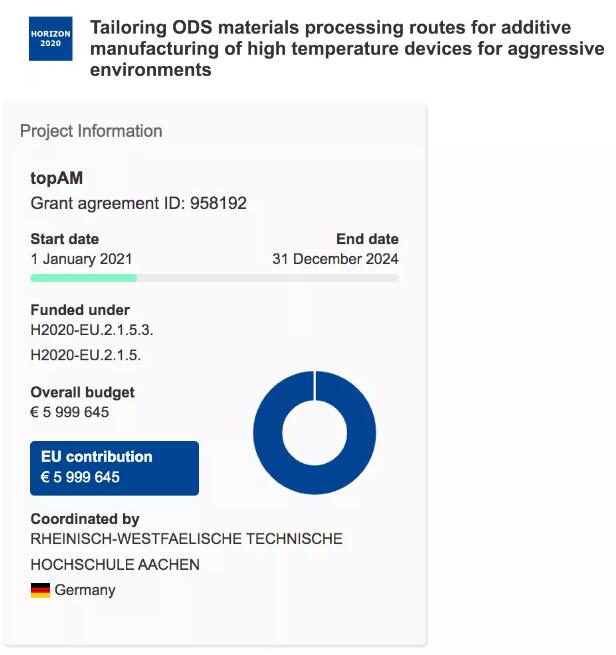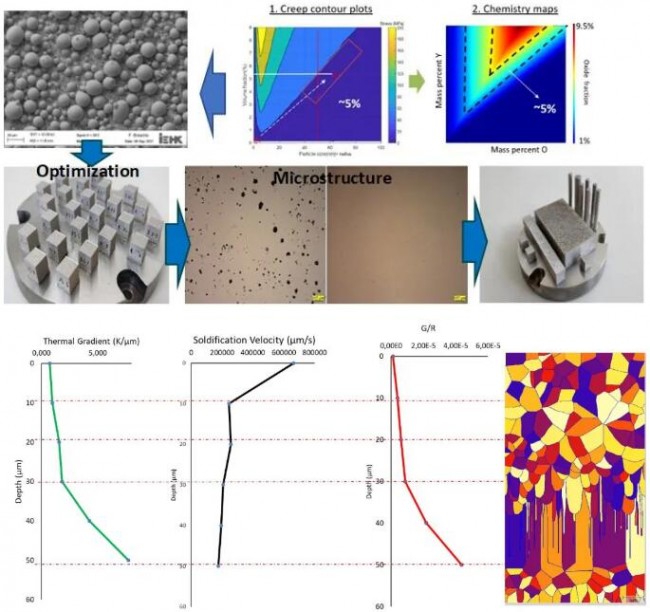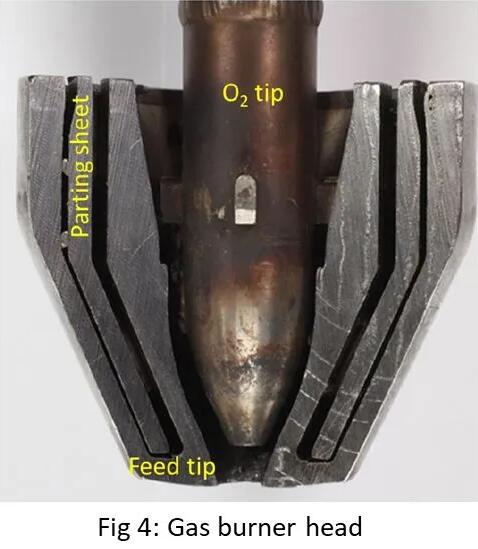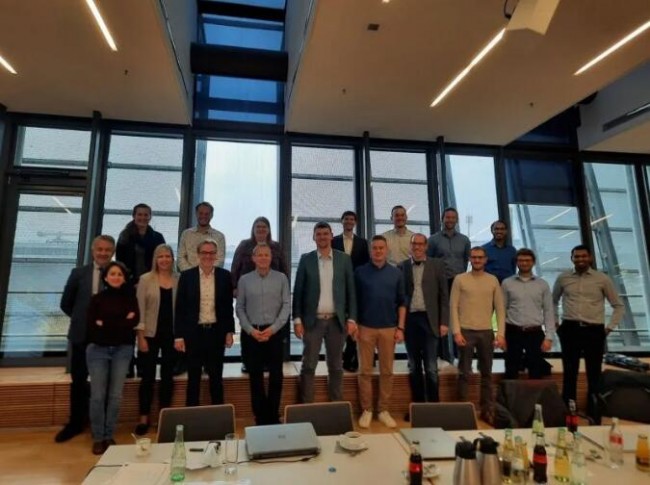European Horizon HORIZON 2020 launches topAM project to support development3D printingODS oxide dispersion strengthened alloy. ODS alloy is a material formed on the basis of martensitic steel and ferritic steel. Due to its own crystal structure, the steel matrix in the center of the cube can form a diffused Coriolis gas mass, forming an ultra-stable strengthened state with High temperature creep properties.
The goal of the EU-funded topAM project is to develop a new process route for the manufacture of oxide dispersion-strengthened alloys consisting of a metallic matrix (FeCrAl, Ni and NiCu) in which small oxide particles are dispersed.These alloys will serve as3D printingPowder production for additive manufacturing and provides a competitive advantage to the process industry.
 Project lead coordinator: Rhine-Westphalia Institute of Technology, RWTH Aachen University
Project lead coordinator: Rhine-Westphalia Institute of Technology, RWTH Aachen University
© EU Horizon 2020
3D printing of high temperature materials
![]() Save material and extend component life
Save material and extend component life
Numerous leading technologies in power generation and transportation today and in the future depend on the safe and efficient use of high-temperature materials. This is the case, for example, with heat exchangers and gas burner heads. Until now, the materials used for components that operate in harsh environments have been very expensive and difficult to machine.
3D printing-additive manufacturing offers new material design strategies and processing possibilities that help overcome the disadvantages of these materials being difficult to process. As of today, oxide dispersion strengthened alloys (ODS) allow operation under extreme erosion, high temperature corrosion and thermal fatigue loading conditions. For this reason, the research focus of the topAM project at Horizon Europe HORIZON 2020 is the development of AM-Additive Manufacturing tailored ODS alloys and corresponding manufacturing processes that will result in high-performance parts with a critical extended service life, which in turn enhances associated equipment performance and service life.
At present, according to Finite Element Method (FEM) simulations carried out by RWTH Aachen University with microstructure evolution simulation software, the addition of oxides to the base alloys considered in the project has shown promising results in improving the microstructure, the project looks forward to with the first mechanical and corrosion test results.
The topAM project at Horizon Europe HORIZON 2020 was initiated with the intention of optimizing the design of oxide dispersion-strengthened alloys for additive manufacturing, such as in the manufacture of gas burner heads and heat exchangers, as these materials perform well at high temperatures corrosion resistance and mechanical properties. Advanced integrated computational materials engineering methods will aid alloy and process development. Combining thermodynamic, microstructural, and process simulations, computational methods help minimize development time, save raw material usage, and extend component life.
European industries are facing challenges such as global competition and dramatic changes in energy and resource efficiency. topAM can meet these needs by developing and applying a new process route for new oxide dispersion strengthened (ODS) alloys based on FeCrAl, Ni and NiCu.
![]() Integrated Computational Materials Engineering
Integrated Computational Materials Engineering
New ODS materials offer clear advantages for the process industry through additive manufacturing, for example, where topology-optimized, sensor-integrated high-temperature devices (gas burner heads, heat exchangers) are exposed to corrosive environments. Alloy and process development will target advanced integrated computational materials engineering (ICME) methods, combining computational thermodynamics, microstructural and process simulations to help save time, raw materials and extend component life.
Physical alloy production will aggregate ODS composites with LPBF constituencies by combining nanotechnologyMetal 3D Printingtechnology and combined with post-processing to achieve. The integrated computational materials engineering ICME approach will be complemented by comprehensive material characterization and intensive testing of components under industry-relevant use conditions. This strategy provides a deeper understanding of process-microstructure-property relationships and quantifies improved functionality, properties, and life cycle assessments.
The topAM project will reduce ODS costs, improve energy efficiency and superior performance while significantly extending service life. The project consists of world-leading users, material suppliers and research institutes in the fields relevant to this proposal, which guarantees an efficient, high-level, application-oriented execution of topAM. Industrial project partners, especially SMEs, will gain greater competitiveness due to their strategic position in the material processing value chain, such as powder production, to strengthen Europe’s presence in AM growth through a unique combination with integrated computational materials engineering ICME. leading position in the emerging technology field of material manufacturing.
member:
• RWTH Aachen, RWTH Aachen, Germany
• University of La Rochelle, France
• Stiftung Fachhochschule Osnabrück, Germany
• Complutense University of Madrid, Spain
• Ustav fyziky materialu, Akademie Ved
Ceske republiky, vvi, Czech Republic
• Dechema-Foschungsinstitut Stiftung, Germany
• Siec Badawcza Lukasiewicz





0 Comments for “Horizon Europe 2020 launches topAM project to support development of 3D printed ODS oxide dispersion strengthened alloys”